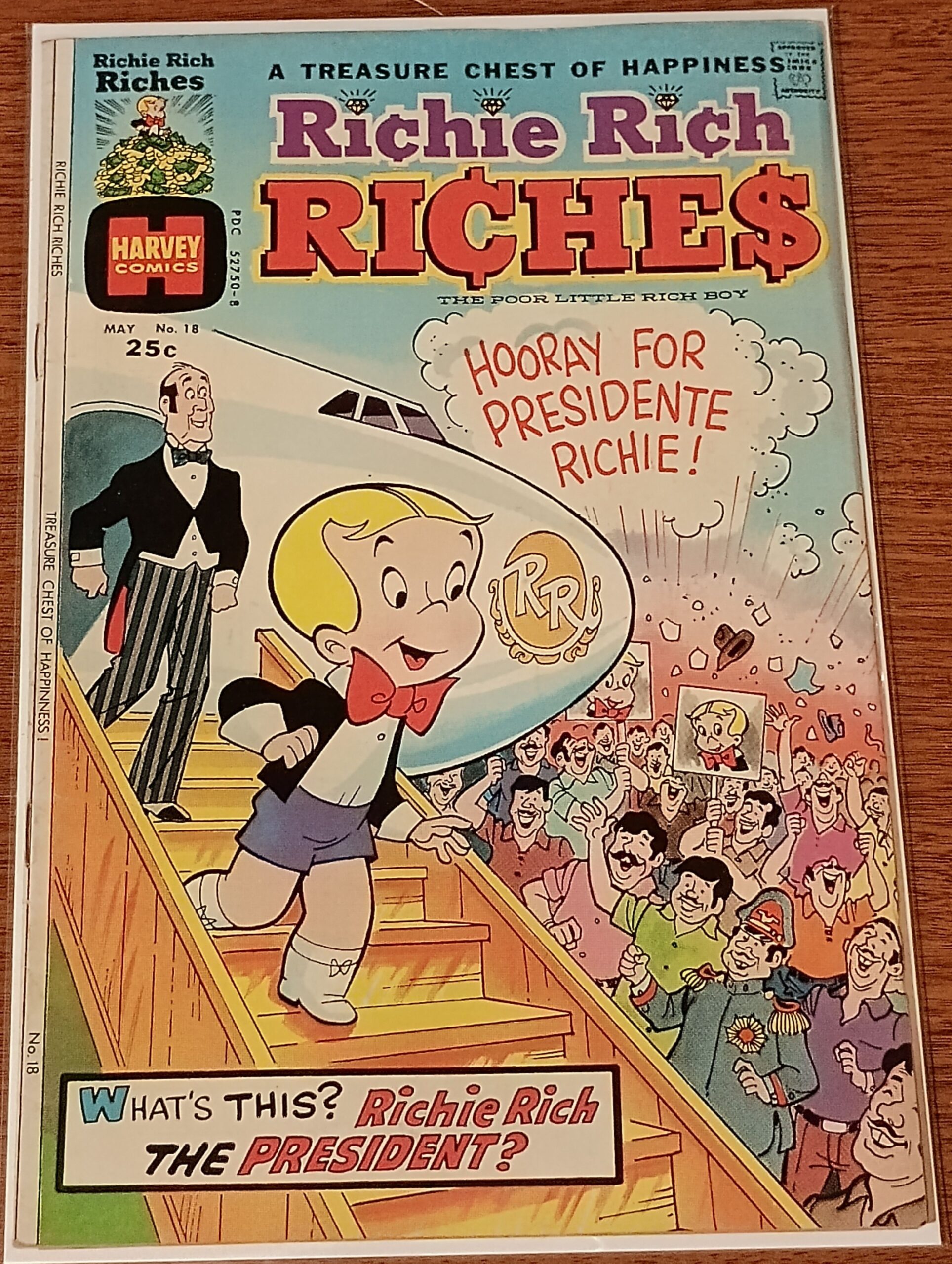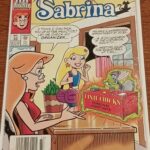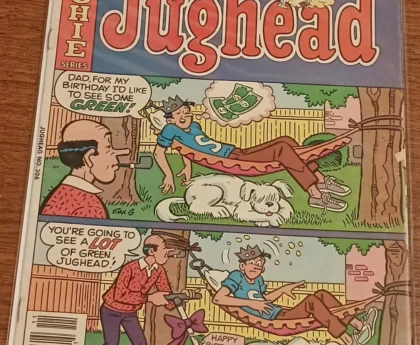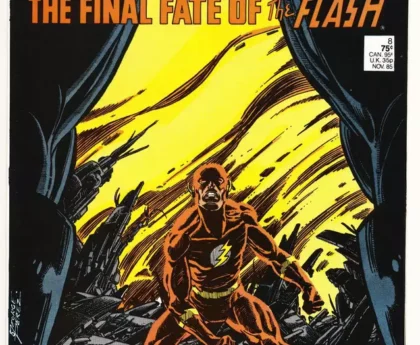
If you grew up flipping through comic book racks in the ’50s through the ’90s, odds are Richie Rich was right there with you—grinning, generous, and always surrounded by literal mountains of cash. Known as The Poor Little Rich Boy, Richie Rich was more than just a funny gag character—he was a pop culture icon, a publishing powerhouse, and a surprising reflection of American attitudes about wealth, class, and kindness. Let’s dive into the golden vault of Richie Rich comics and unpack what made this platinum-blonde billionaire boy so enduring.
Richie Rich first appeared in Little Dot #1 in 1953, published by Harvey Comics. He quickly became so popular that he spun off into his own title by 1960. Created by Alfred Harvey and Warren Kremer, Richie was characterized by his extreme wealth (we’re talking diamond-studded everything), sweet-natured personality, and moral compass that never wavered—even in the face of endless temptations and villains. Despite being the richest kid on Earth, Richie wasn’t a snob. He was polite, charitable, and used his wealth to help his friends, family, and total strangers. Think of him as a pre-teen Bruce Wayne without the trauma—or the secret lair.
For collectors, Richie Rich comics are a rabbit hole of spin-offs, variant titles, and quirky one-shots. At the peak of his popularity in the 1970s, Richie Rich was featured in over 50 different comic titles including: Richie Rich Millions, Richie Rich Dollars and Cents, Richie Rich Success Stories, Richie Rich and Jackie Jokers, and Richie Rich Vaults of Mystery. Each series explored a different facet of Richie’s life—from action-packed adventures to money-themed morality tales. Many of the covers featured pun-filled taglines and lavish illustrations of Richie’s over-the-top lifestyle: swimming pools full of coins, solid gold bicycles, robot butlers—you name it.
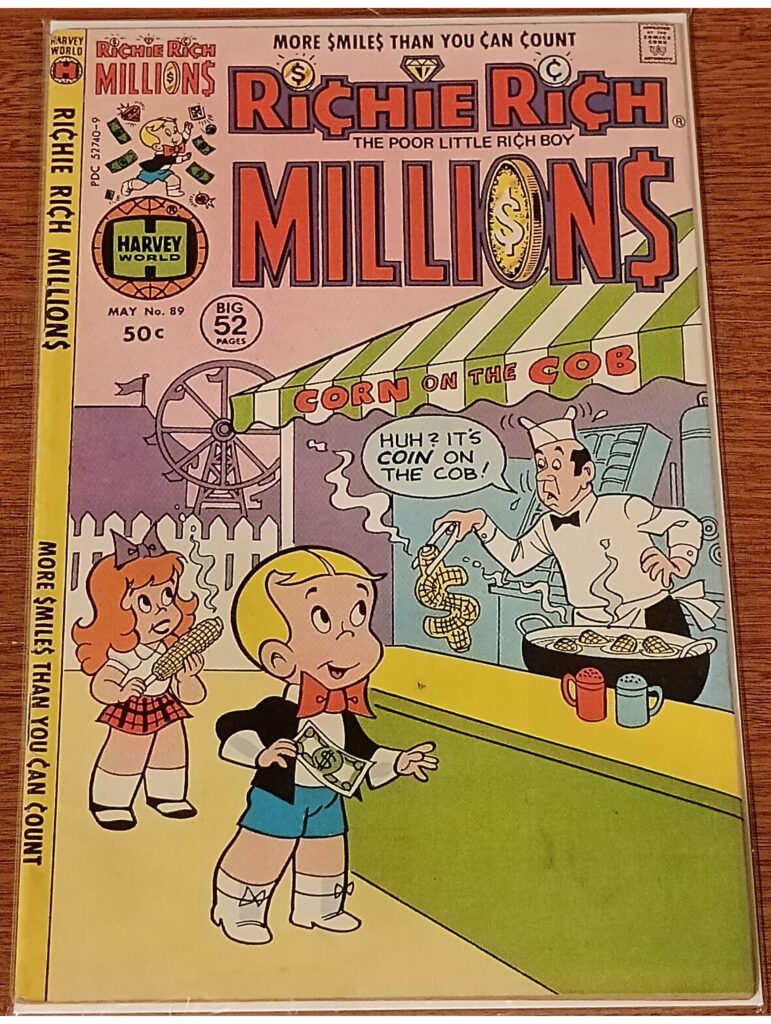
No Richie Rich story is complete without his supporting cast. Gloria Glad was Richie’s girlfriend and the moral opposite of his wealth. She constantly reminded Richie not to go overboard with spending. Dollar was the loyal, spotted pup who often helped foil bad guys. Cadbury, the ever-loyal butler, had dry wit and surprising fighting skills. And then there’s Irona, Richie’s robot maid who could out-lift and out-clean anyone. These characters added depth and humor, keeping the comic from being just a string of jokes about money.
Sure, it’s easy to look back and think Richie Rich was just a silly comic about a kid with too much money. But at its core, the series was about responsibility, generosity, and treating people right—no matter their status. In the post-WWII era and through the Cold War years, Richie Rich offered readers an escape from anxiety and a moral blueprint that emphasized doing good even when you have everything.
Richie wasn’t just a comic star. He crossed over into animated television, live-action movies, and even a Netflix reboot. The 1980s and ’90s featured several animated shows that kept Richie in the limelight for a new generation. In 1994, Richie Rich hit the big screen starring Macaulay Culkin. While it didn’t earn critical acclaim, it became a nostalgic classic. In 2015, Netflix released a modern take where Richie gets rich by inventing green energy tech. It was quirky but didn’t quite capture the charm of the original.
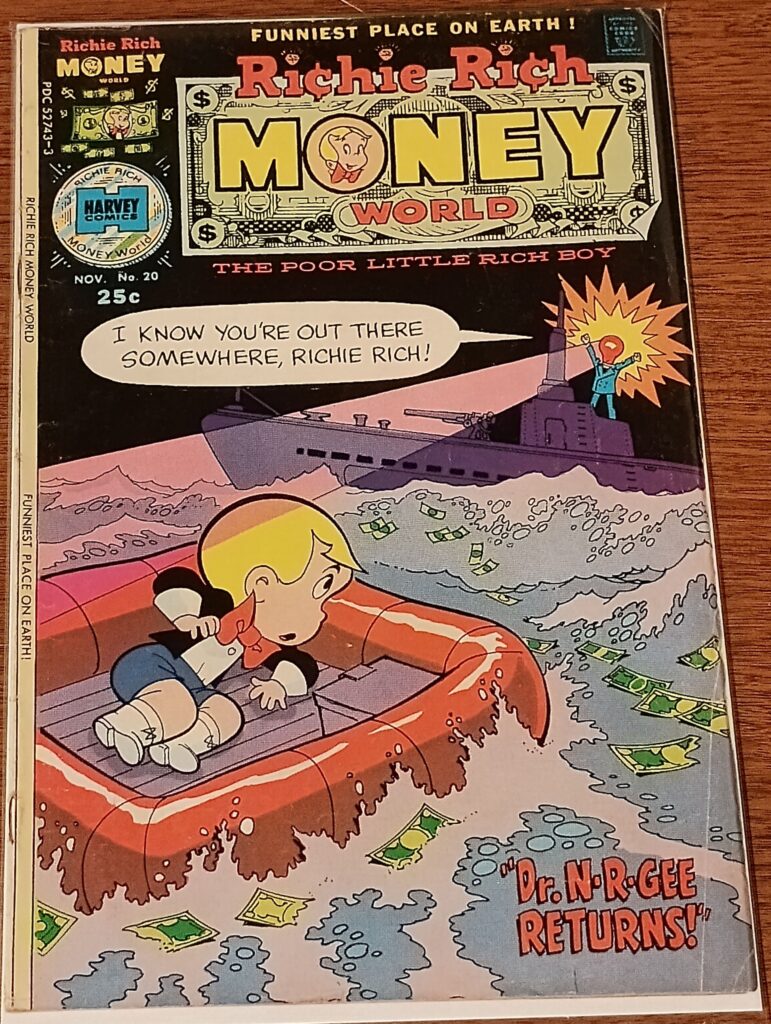
In the collector market, vintage Richie Rich comics still hold solid value—especially key issues and well-preserved first appearances. Harvey Comics folded in the ’90s, but the character remains culturally recognizable. That golden hair, bowtie, and suit are still a nostalgic symbol for Gen Xers and Boomers who grew up with his stories. And let’s be honest—a kid with a solid gold hot dog stand will never be totally forgotten.
Richie Rich might seem like a product of a bygone era, but his message still resonates. He’s a symbol of how wealth doesn’t have to corrupt—and how being kind is always in style. Whether you’re collecting back issues, reliving childhood memories, or introducing your own kids to Richie’s adventures, there’s something timeless about the Poor Little Rich Boy.

